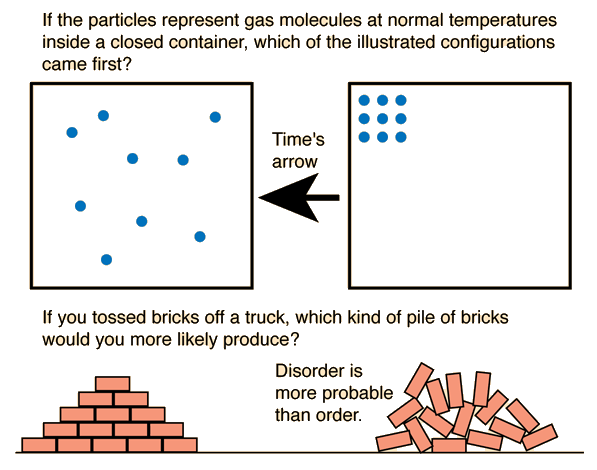Students learned about moles way back in Unit 1 and already know the basics. We have been honing those skills all along - especially since starting Unit 5 Stoichiometry.
For moles there are basically four conversions to know.
1 mole
6.02 x 10^23
1 mole
(molar mass) grams (add weights from PT)
1 mole
22.4 Liters
Mole
Mole
The mole/mole conversion is used to convert from one chemical to another using the coefficients from a balanced equation.
Students came up with team names related to moles and designed team flags. Then teams started in on the Avogadro Cup with silly activities related to moles (both animal moles and scientific moles) like "Pin the Nose on the Mole" and "Mole Celebrities" and the "Periodic Table Puns." Students also did CheMOLEstry activities like mole conversions and practice SOL questions.




















